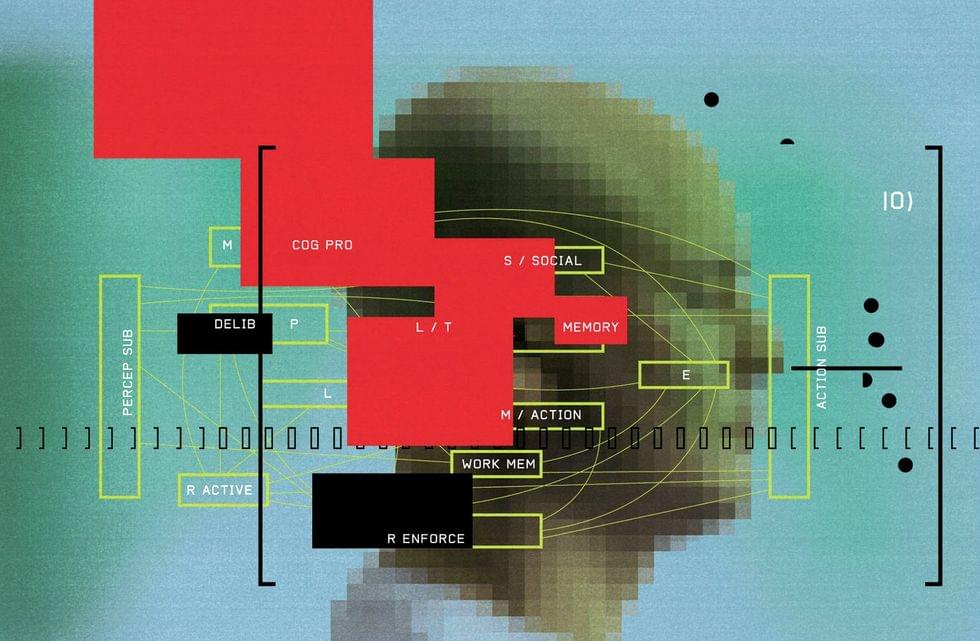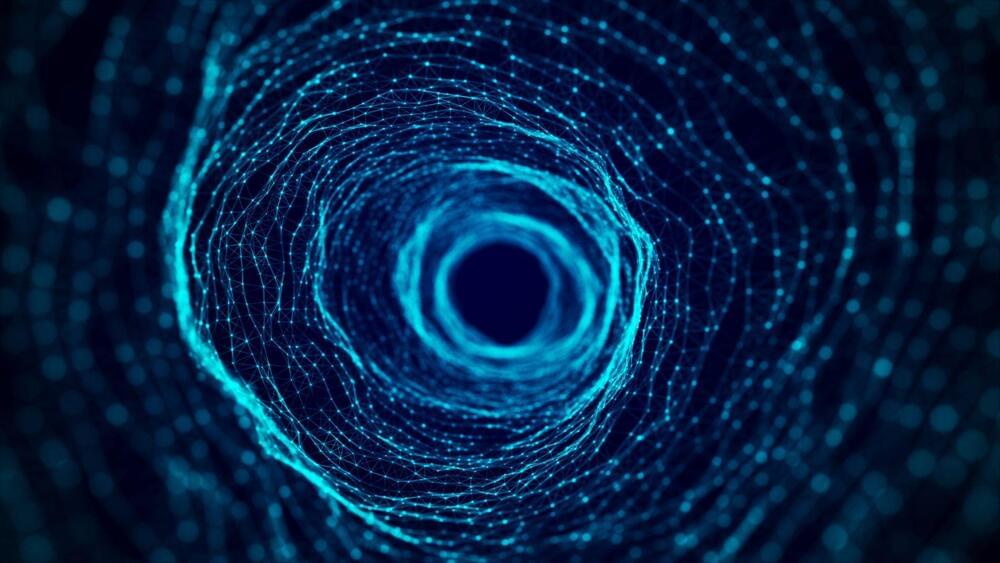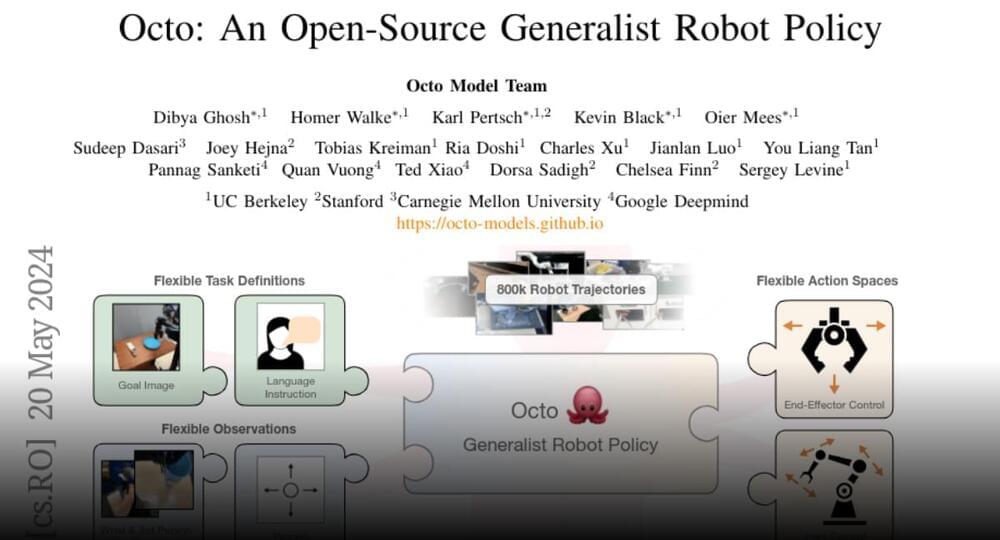Theory of mind —the ability to understand other people’s mental states—is what makes the social world of humans go around. It’s what helps you decide what to say in a tense situation, guess what drivers in other cars are about to do, and empathize with a character in a movie. And according to a new study, the large language models (LLM) that power ChatGPT and the like are surprisingly good at mimicking this quintessentially human trait.
“Before running the study, we were all convinced that large language models would not pass these tests, especially tests that evaluate subtle abilities to evaluate mental states,” says study coauthor Cristina Becchio, a professor of cognitive neuroscience at the University Medical Center Hamburg-Eppendorf in Germany. The results, which she calls “unexpected and surprising,” were published today —somewhat ironically, in the journal Nature Human Behavior.
The results don’t have everyone convinced that we’ve entered a new era of machines that think like we do, however. Two experts who reviewed the findings advised taking them “with a grain of salt” and cautioned about drawing conclusions on a topic that can create “hype and panic in the public.” Another outside expert warned of the dangers of anthropomorphizing software programs.







